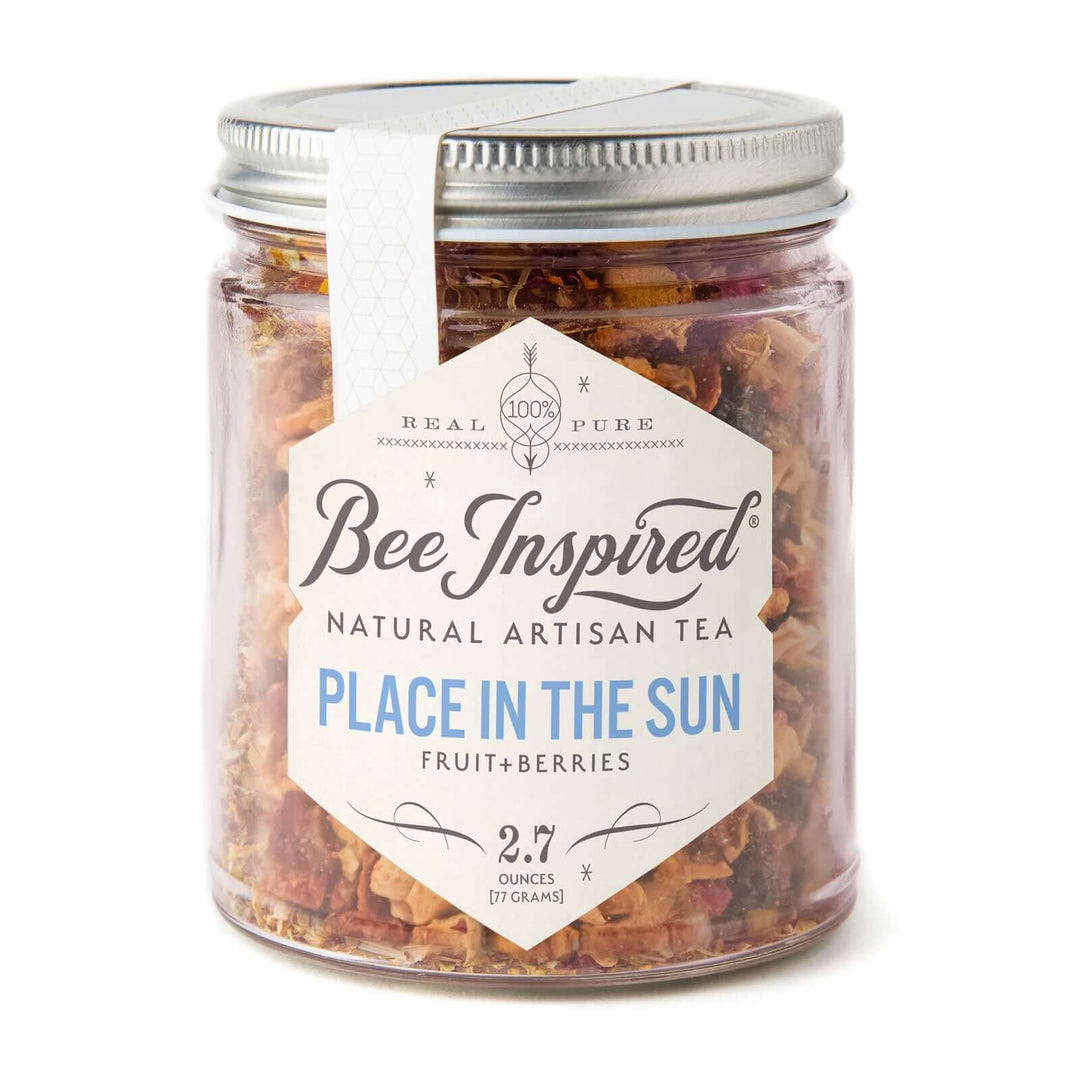Overcrowded bees swarm. Weakened colonies will swarm. Swarming is the process by which honey bee colonies reproduce to form new colonies. A swarm of honey bees is typically composed of one queen and thousands of worker bees. Bees leave the hive and find a tree or car or toy set or whatever place they deem appropriate for a day or so until they find a new location to live. “There’s a bee for that.” As you may know, bees each have a particular role in the hive.
House Shopping
The “Scout Bee” has the job of finding a new home in overcrowded living situations. If you find a random group of tightly woven bees, they will probably be in the shape of a football hanging from a tree limb. They are usually calm when they are in a swarm, but professional removal is important to avoid disturbing them and escalating the risk of bee stings. Bees will be clustered around the queen and remain there while scout bees find a new home, often temporarily gathering on objects like tree branches. It is not difficult to collect them in an empty super, add a queen (if necessary) and start another hive. It is important to wear a bee suit for protection during this process.
Witnessing a Bee Swarm: Nature's Buzzing Hurricane
The image below represents my first swarm. I was in the bee yard with my teacher Mike. The bees were VERY HIGH up in the tree, and Mike was standing at the bottom of the tree banging two drum sticks together to lure the bees into an empty super ready for collection. The funny part: The bees weren’t coming. I left that day and looked over my shoulder to see if Mike was still banging the drumsticks together, and he was. Rest in peace, Mike; I picture you in heaven happily covered in a swarm of bees.

Swarm found right behind the Apartments at MetroCentre Owings Mills
Understanding Swarms
Swarms are a fascinating and natural part of a honey bee colony’s lifecycle. When a colony becomes too crowded, the queen and a large number of workers decide it’s time to find a new home. This process, known as swarming, is essential for the reproduction and survival of honey bee colonies. Imagine a bustling city where the population has outgrown its infrastructure—it’s similar for honeybees. The queen and about half of the workers leave the parent colony to establish a new one, ensuring the species’ survival and allowing the colony to adapt to changing environmental conditions.
Explore the natural behavior and purpose of swarming in honey bee colonies.
A swarm of honey bees typically consists of the queen and thousands of workers. They leave and temporarily settle in a location like a tree branch or even a car, forming a tightly woven cluster. During this time, scout bees search for a suitable new home. Once a new site is found, the swarm moves to establish their new colony, continuing the cycle of growth and reproduction.

Why Honey Bees Swarm
Swarming is triggered by a combination of biological and environmental factors. One of the primary reasons honey bees swarm is due to congestion within the parent colony. When the colony becomes overcrowded, the queen and worker bees find it challenging to move freely, and the colony’s growth is stifled. This congestion can lead to a decrease in the quality of life for the bees and can ultimately threaten the colony’s survival.
Another significant trigger for swarming is the availability of food and resources. When nectar and pollen are plentiful, the colony thrives and grows, leading to an increase in population. However, if food becomes scarce, the colony may decide to swarm in search of new resources to sustain themselves.
Biological and environmental triggers that lead to swarming.
Environmental factors also play a crucial role in swarming. Sudden changes in climate, temperature, or humidity can stress the colony, prompting them to swarm. For instance, a sudden spike in temperature or a drop in humidity can make the home environment less hospitable, leading the bees to seek a new home. Understanding festooning behavior can help beekeepers identify early signs of overcrowding before swarming occurs.

First Year Honey Bee Swarms are Unlikely
Bees need room to grow. If they are overpopulated early in the spring, they will look for a new place to spread out. When a honey bee colony outgrows its home, the workers signal that it is time to swarm. The primary swarm season occurs between March and May, coinciding with nectar flow in spring. If you tend bees, take inventory on capped brood and add empty frames to give the bees room to grow. This curbs swarming. Adding a perfectly timed second brood box allows the bees to climb up and spread out, offering a better chance of keeping them home. The new colony begins building comb, developing new brood, and gathering pollen and nectar at the new site.
These flying bees leave home and temporarily settle in a location like a tree branch or even a car, forming a tightly woven cluster as they follow the queen during the swarming process. This process, known as swarming, is essential for the reproduction and survival of honey bee colonies. The honey bee's method is a natural reproductive process wherein the old queen and a portion of the worker bees leave their original hive to find a new nesting site.
Splitting the bees using Nucleus “nuc” frames and creating another hive is like a gift for the bees and the beekeeper. Splitting the hive is the most common swarm mitigation practice. After swarming, the original hive may be left with a developing queen, worker bees, and brood. Bees like to fill out frames before moving upwards into the hive. Being vigilant and staying in touch with the colony’s progress allows the beekeeper to expand at the right moments. Many beekeepers are eager to collect swarms to start new colonies, enhancing the chances that the swarm will survive.
Last season we had an incredible start to the season.

The thing that looks like a peanut on this frame of brood is a swarm cell
The plant material was in full bloom early, and the bees gathered nectar early. Swarming often occurs when they have access to abundant nectar and pollen resources. We realized, mostly way too late (because they were a month ahead of the years before), that the brood chamber was filled with honey! There was a reduction in the workforce because the queen had no place to grow her family. Had we caught this situation in time and “checker-boarded” the brood chamber with empty frames, they could have kept busy, and the queen lays. Once scouts locate a suitable site, the swarm will fly to it and form a cluster around the entrance. Beekeepers interested in collecting swarms can use resources like the Michigan Beekeepers Association, which provides a list of beekeepers who specialize in swarm collection.
Bees also cluster for survival during winter months, though this clustering serves a different purpose than swarming behavior.

Photo by Lloyd Seested of a swarm he found. I’ve never seen one this large before
They swarm for other reasons that may have to do with disease or how honey bee colonies reproduce.
Bees may leave to find a new food source because they are hungry. A mouse may have found its way into the hive causing the bees to flee. Sometimes I notice when there are sharp changes in the weather they leave, or they may swarm due to queen failure. Once cluster bees are ready to fly to new locations, they do so as a group, creating a cloud of bees. Swarming usually occurs when honeybee colonies outgrow their space. Supporting the honey bee population through practices such as sharing bees with fellow beekeepers can help manage swarming and promote conservation efforts. I have heard stories where a beekeeper added a new super to a hive made from “new fresh wood,” The bees swarmed. It is advisable to stay out of the way of a swarm of bees to avoid being stung.
When you are a new bee, it’s sometimes hard to determine why your bees are gone. When a hive weakens, and the bees die off, it can appear to have swarmed when everyone just died. In my experience (I am updating this piece nine years after I originally wrote it), when weak hives get robbed by a neighboring, hungry hive, the result can appear to have been a swarm.
What Signs Do You Look for to Prevent a Swarm?
For “new-bees” like me, it’s easy to confuse “bearding” with “swarming.” “Bearding” is when many of the bees from inside the hive hang out on the OUTSIDE of the hive. The most prolific beards appear on the hottest and most humid summer days. The bees are sitting out on the front porch to keep themselves and the hive cool. During swarming, honey bees are less defensive because they are not protecting brood or honey stores. The larger the population, the more you will see bearding in the hot weather. Soon, we’ll learn more about bearding.

Beard forming on the outside of a young hive
Preventing a Swarm
While swarming is a natural process, beekeepers can take several steps to minimize the risk of their honey bee colonies swarming. One of the most effective strategies is to ensure the colony has ample space to grow and expand. Adding additional supers or boxes to the hive allows the bees to store more honey and pollen, reducing congestion.
Monitoring the colony’s population is another crucial step. Beekeepers can split the colony or remove frames of honeybees and relocate them to a new hive, effectively managing the population and preventing overcrowding. Regular inspections are essential to identify early signs of swarming, such as the presence of swarm cells or an increase in the number of bees.
Swarm control measures like queen excluders can also be beneficial.
These devices prevent the queen bee from leaving the hive, thereby reducing the likelihood of a swarm. Additionally, swarm traps can capture the swarm and prevent it from establishing a new colony elsewhere.
By combining good beekeeping practices, regular inspections, and an understanding of the biological and environmental triggers of swarming, beekeepers can effectively manage their hives and minimize the risk of a honey bee swarm.

Updated 3/25/2025











